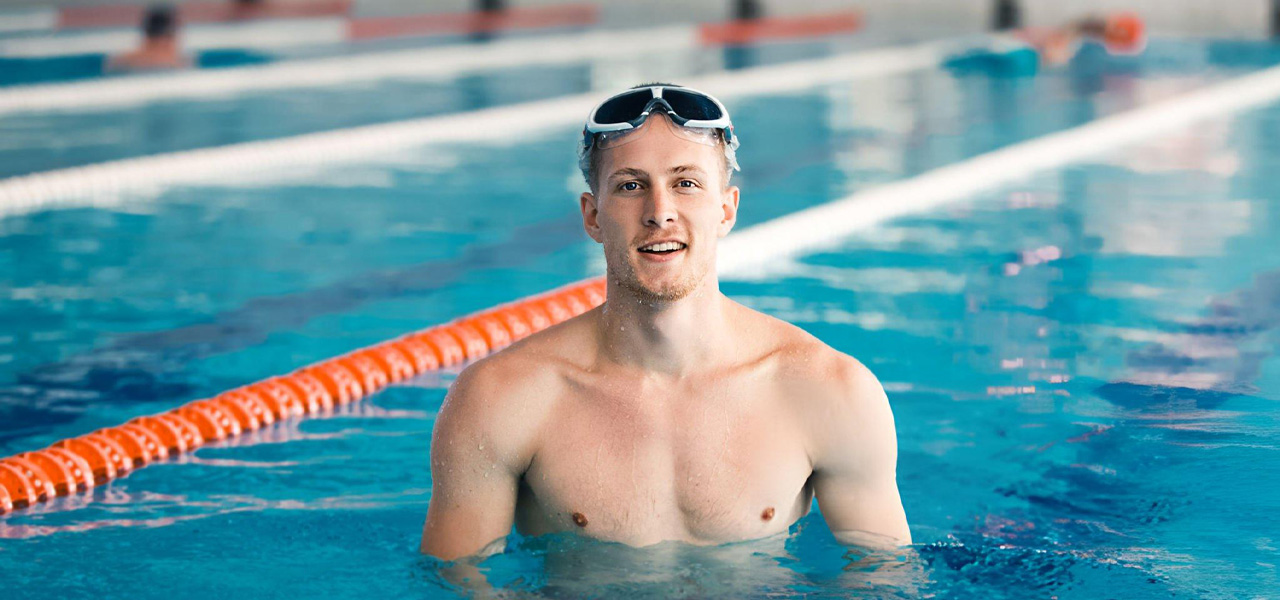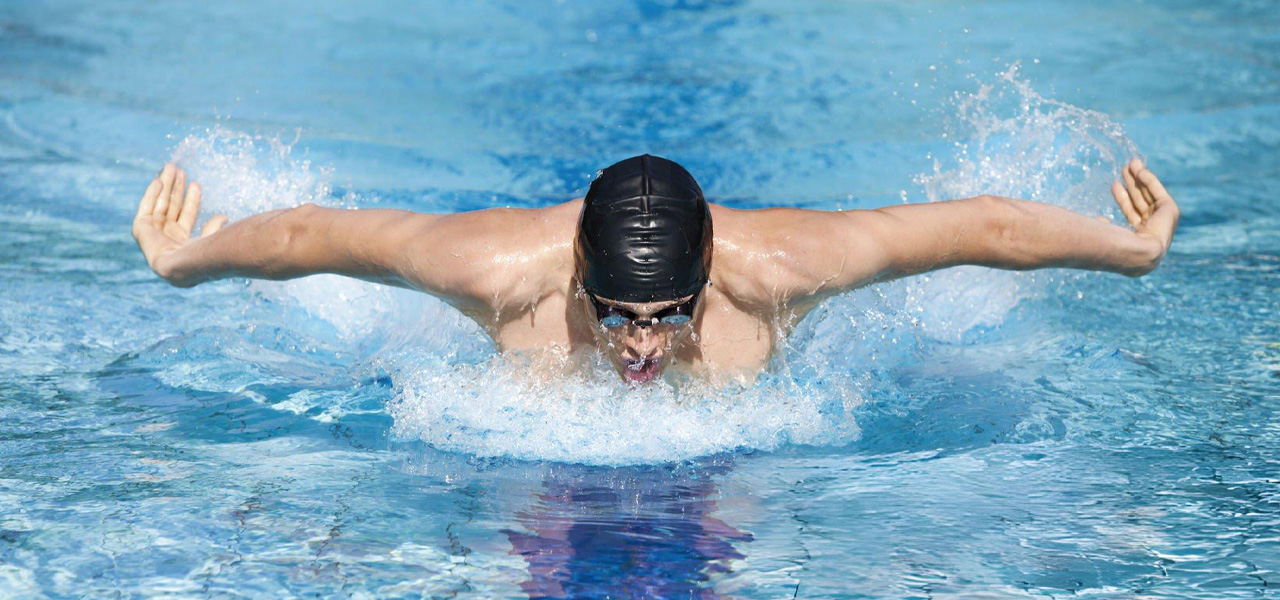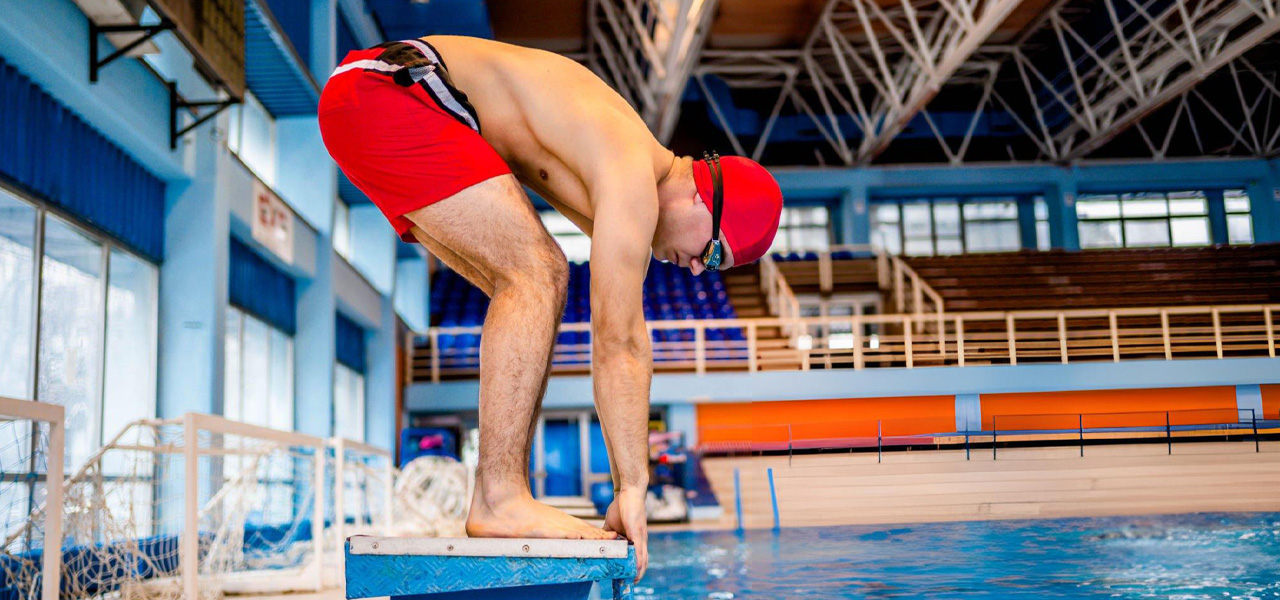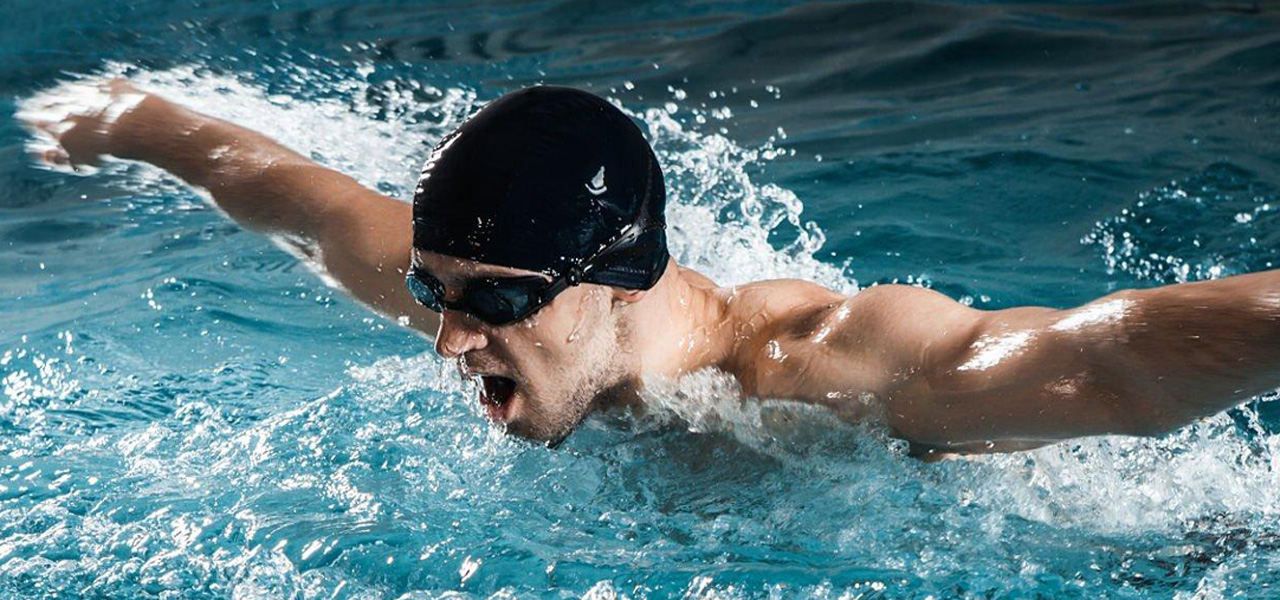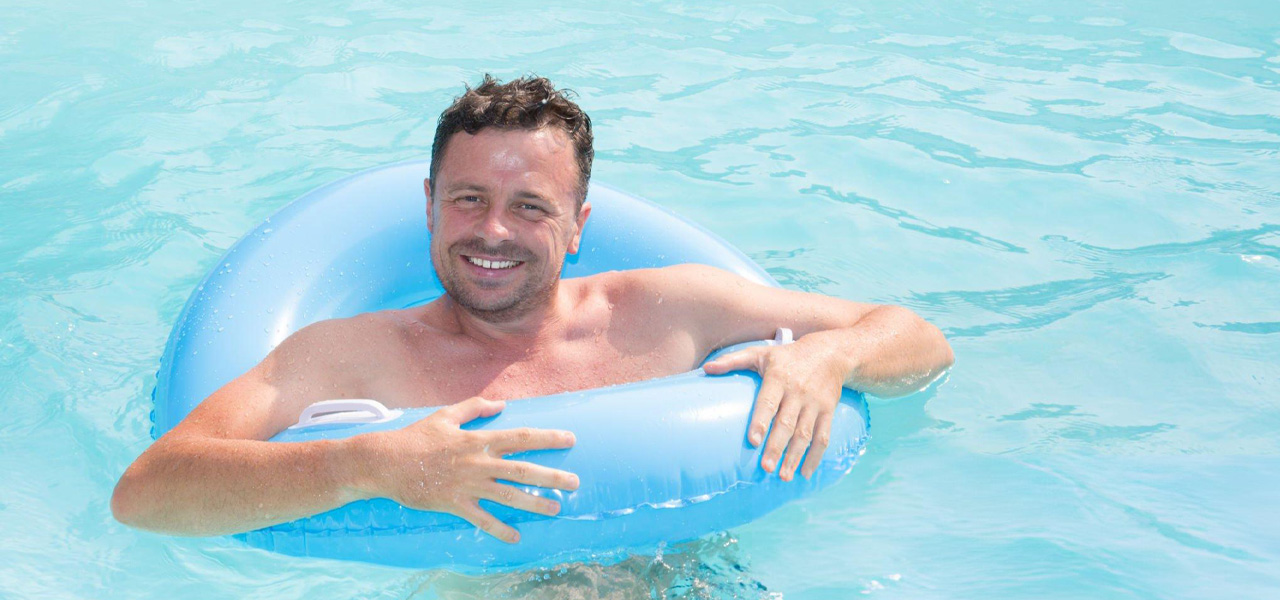Introduction
Swimming is not just a recreational activity; it’s a skill that opens doors to a world of physical fitness, mental rejuvenation, and aquatic exploration. Whether you’re a novice dipping your toes into the pool for the first time or an experienced swimmer seeking to refine your technique, swimming offers a multitude of benefits that extend far beyond the water’s edge.
In this extensive guide, we’ll delve deep into the art and science of swimming, covering everything from its history and health benefits to different strokes, training tips, and competitive swimming. Or an experienced swimmer seeking to refine your technique, swimming offers a multitude of benefits that extend far beyond the water’s edge.
History and Evolution of Swimming
Swimming has a rich history dating back to ancient civilizations. From the early depictions of swimming in Egyptian art to the competitive races held in ancient Greece, humans have long been fascinated by the art of moving through water. Swimming gained popularity as a recreational activity and lifesaving skill throughout the centuries, eventually evolving into competitive sport recognized worldwide.
Health Benefits of Swimming
The health advantages of swimming are broad and well-documented Cardiovascular Fitness: Swimming engages the entire body, including large muscle groups like the legs and arms, promoting cardiovascular health and endurance.
Low-Impact Exercise: Unlike activities like running or weightlifting, swimming is low-impact, making it suitable for individuals of all ages and fitness levels. Muscle Strength and Tone: The resistance provided by water helps build and tone muscles throughout the body, improving strength and flexibility. Improved Coordination and Balance: Swimming requires coordination between the arms, legs, and core muscles, enhancing overall balance and motor skills.
Stress Relief: The rhythmic movement and immersion in water can have a calming effect, reducing stress and promoting relaxation.
Weight Management: Swimming burns calories efficiently, making it an effective exercise for weight loss and maintenance.
Different Swimming Strokes
Swimming strokes are the techniques used to propel oneself through the water. Each stroke has its own distinct style and benefits:
Freestyle (Front Crawl):
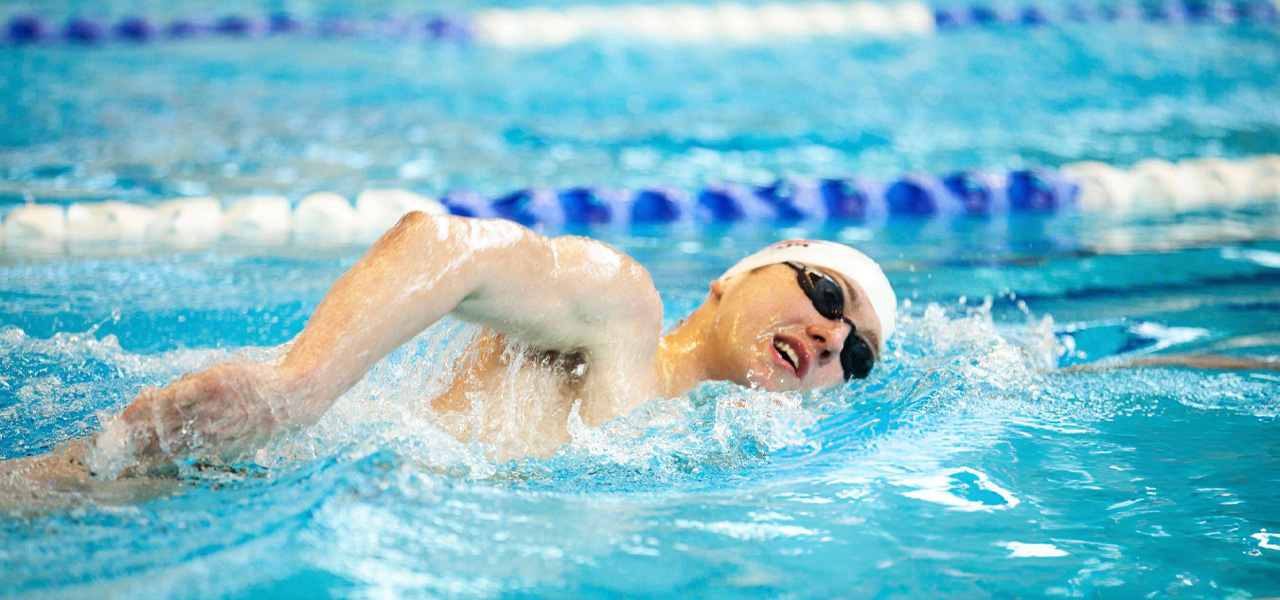
Backstroke: Swum on the back with an alternating arm and flutter kick, backstroke allows for easy breathing and is often preferred for its comfort.
Breaststroke: Known for its frog-like kick and simultaneous arm movements, breaststroke is slower but efficient in conserving energy.
Butterfly:
Characterized by a simultaneous arm movement (resembling wings) and an undulating dolphin kick, butterfly is demanding but powerful.
Individual Medley (IM): A combination of all four strokes in a prescribed order (butterfly, backstroke, breaststroke, freestyle), swum in sequence in competitive swimming.
How Can Beginners Start Learning to Swim?
For beginners, starting with basic techniques and gradually progressing is key:
Take Swimming Lessons: Enroll in swimming classes with certified instructors. Practice Breathing: Master rhythmic breathing to coordinate with strokes. Learn Basic Strokes: Start with freestyle (front crawl) and backstroke. Focus on Water Safety: Learn water safety skills, including floating and treading water.
How Can I Improve My Swimming Technique?
Improving technique involves focusing on several key areas:
Body Position:
Maintain a streamlined body position to reduce drag.
Breathing Technique: Coordinate breathing with strokes for efficiency.
Kick and Arm Movement: Refine kicks technique and arm movements for propulsion.
Turns and Starts: Practice efficient turns and starts for competitive swimming.
Video Analysis: Use video analysis to identify and correct technique flaws.
What Equipment is needed for Swimming?
Essential swimming equipment includes:
Swimsuit: Comfortable and appropriate for swimming.
Goggles:
Protect eyes and improve visibility underwater.
Swim Cap: Reduces drag and keeps hair out of the face.
Kickboard:
Aids in kick technique and buoyancy during drills.
Pull Buoy: Enhances upper body strength and technique.
Fins: Improve leg strength and propulsion during training.
What Are Some Advanced Swimming Techniques?
Advanced techniques focus on refining strokes and enhancing performance:
Interval Training: Alternating high-intensity swims with rest periods.
Open Water Skills: Navigation, sighting, and adapting to currents.
Underwater Dolphin Kicking: Maximizing propulsion underwater during starts and turns.
Breathe Control: Extending underwater distances with controlled breaths.
Race Strategy: Planning pace, turns, and finishes for competitive races.
What Safety Measures Should Swimmers Follow?
Safety is paramount in swimming:
Learn Water Safety: Basic skills like floating, treading water, and rescue techniques.
Supervision: Swim in designated areas supervised by lifeguards.
Avoid Alcohol: Never swim under the influence of alcohol or drugs.
Stay hydrated: Drink plenty of water to prevent dehydration.
Check Conditions: Be aware of water conditions and weather forecasts.
How Does Swimming Benefit Mental Health?
Swimming offers mental health benefits:
Stress Relief: The rhythmic nature of swimming promotes relaxation.
Mood Enhancement: It releases endorphins, improving mood and reducing anxiety.
Mindfulness: Focusing on breath and movement enhances mindfulness.
Social Interaction: Joining swim clubs or classes foster social connections.
Swimming is not merely a sport; it’s a life skill, a therapeutic activity, and competitive endeavor that has captivated people for centuries. From the serene laps in a pool to the adrenaline rush of competitive races, swimming offers a plethora of benefits for the mind, body, and soul. In this extensive guide, we’ll explore everything you need to know about swimming, from its history and health benefits to different strokes, techniques for beginners and advanced swimmers, training tips, and more.


